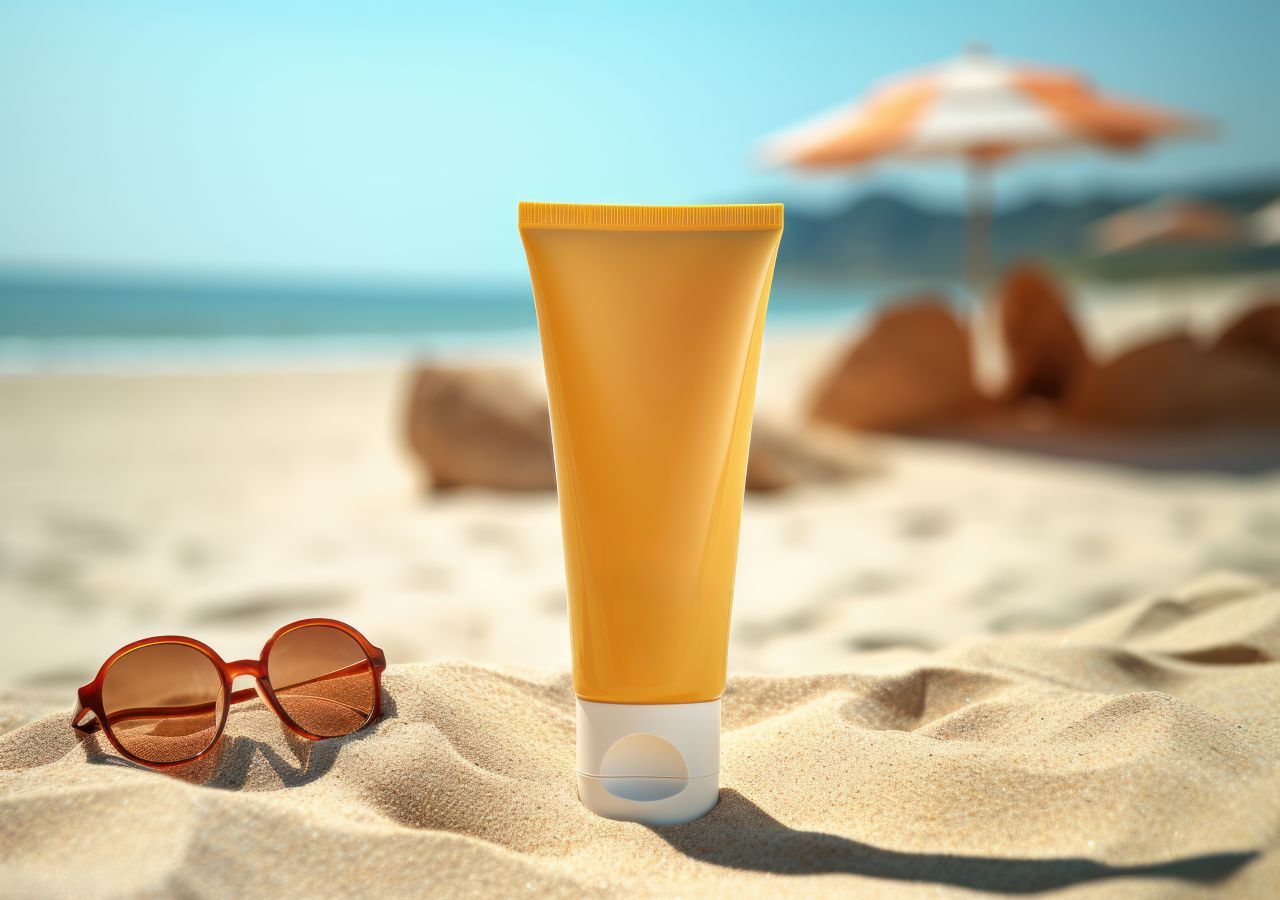The Arctic, a place often considered pristine and remote, has increasingly become the focus of scientific research into environmental impacts. This latest study focused on glaciers in the Arctic archipelago of Svalbard, where researchers discovered traces of sunscreen. What’s amazing is that these tracks were deposited mainly in winter, when the Arctic is shrouded in long nights.
The research, in cooperation with the University Center in Svalbard, aims to verify the concentration and origin of these effects of sunscreen. It turns out that many of the pollutants analyzed, including benzophenone-3, octocrylene, ethylhexyl methoxycinnamate, and ethylhexyl salicylate, had not previously been identified in Arctic snow.
Our “waste” seems to be distributed around the world through the atmosphere without us noticing. Our daily waste is increasingly appearing in the most remote places on Earth!
This raises the question of how these compounds reach the North Pole. The answer lies in long-range atmospheric transport, which carries polluted air masses from Eurasia to the Arctic. Interestingly, sunscreen is not used during the arctic night when the sun does not shine, which is the cause of these winter deposits.
Pollutants on glaciers: spatial variation and elevation
The survey covered different locations, from human settlements to remote areas. This diversity has allowed researchers to understand not only the presence of these pollutants, but also their behavior in more detail. This showed that the distribution of some pollutants varies with altitude. Most compounds had higher concentrations at lower elevations, while UV filters such as octocrylene and benzophenone-3 were more common at the tops of glaciers.
The explanation for these differences in altitude lies in the atmospheric circulation. Some UV filters commonly used in sunscreens have been found on the tops of glaciers. This suggests that these pollutants originate from low latitudes and reach the Arctic through atmospheric circulation.
Environmental impacts and protection measures
The data presented in this study are not only of scientific interest, but also contribute significantly to discussions on environmental protection In the North Pole. The proven harmful effects on aquatic organisms, including disruption of endocrine and hormonal functions, highlight the urgent need for further research and action.
Some of the identified compounds are already subject to regulation in some Pacific islands and are being investigated by the European Union. Researchers stress the need to measure the re-emission of these pollutants as the snow melts. Given the rapid changes in the Arctic due to ongoing climate change, this is extremely important To carefully analyze impacts on local seasonal conditions in order to develop appropriate protection measures.
Conclusion
Discovering the effects of sunscreen in the Arctic doesn’t just open up new avenues of research, but also to protect the environment in remote areas. These findings highlight the global impact of our everyday products and underscore their urgency Measures to address environmental impacts in the rapidly changing Arctic.

“Alcohol buff. Troublemaker. Introvert. Student. Social media lover. Web ninja. Bacon fan. Reader.”







More Stories
Question for information – What is the impact of climate change on migratory birds?
How is it treated and how can it be prevented?
Behavioral scientist: Curiosity enhances biodiversity